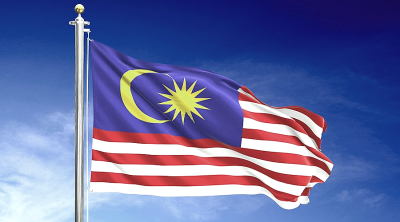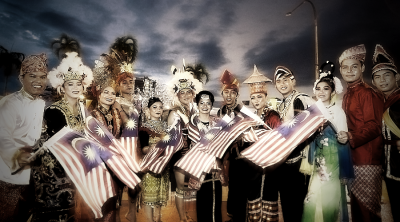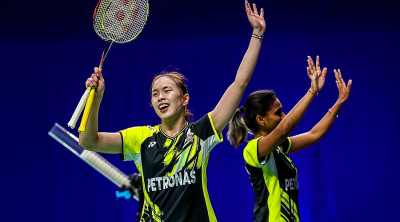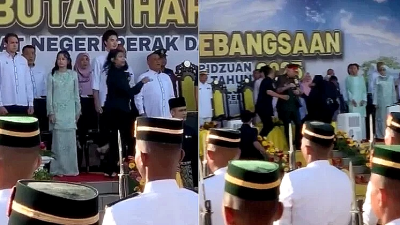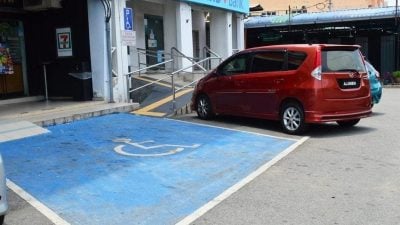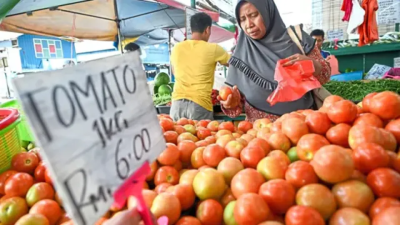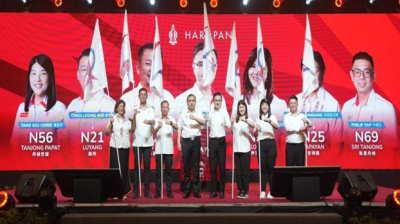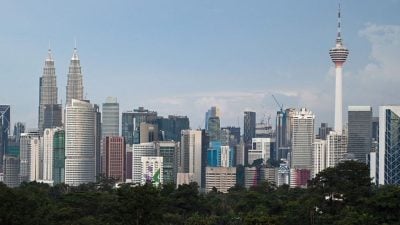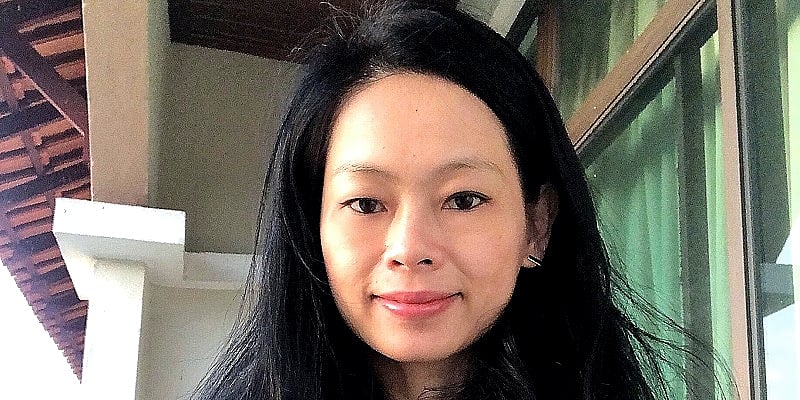
Every August, Malaysians are called to remember the image of Tunku Abdul Rahman at Stadium Merdeka, his fist raised high as he proclaimed “Merdeka!” seven times.
That moment has become the visual shorthand for independence, a symbol of national pride and unity.
Yet, as the country approaches its 68th year of independence, the memory of Merdeka is far more layered than the triumphant image suggests.
For many communities, including the Malaysian Chinese, independence was never experienced as a singular or universally joyous moment.
It was, and remains, a story woven with threads of pride, contribution, anxiety, exclusion, and ambivalence.
To revisit Merdeka through the perspective of the Malaysian Chinese community is not to diminish the significance of independence. Rather, it enriches the story of the nation by recognizing forgotten contributions and acknowledging that independence was never a solo performance, but a chorus in which some voices were celebrated while others were silenced.
Forgotten contributions
The official narrative of Merdeka often centers on elite negotiations: the image of Tunku Abdul Rahman working alongside leaders such as Tan Cheng Lock through the Alliance formula, reaching compromises that paved the way for independence.
While these political leaders played pivotal roles, the focus on them tends to overshadow a much broader landscape of contributions.
Across estates, tin mines, and small towns, ordinary Chinese workers and students were also part of the Merdeka struggle.
Trade unions organized strikes, workers demanded dignity, and student activists voiced their hopes for justice.
Many of these movements were later branded as “radical” or “communist” and systematically erased from the official narrative. Yet, their sacrifices, whether in resisting colonial authorities or in mobilizing for fairer labor conditions, were no less integral to the story of independence.
Education was another front where struggles unfolded.
Chinese educationists fought fiercely to preserve mother-tongue schooling during the transition to independence.
For them, freedom without the recognition of cultural and linguistic rights was hollow.
A retired teacher once expressed it succinctly: “If Merdeka meant we could not study in our own language, then what kind of freedom was that?”
Their struggle was not merely about pedagogy, but about cultural survival and recognition within the new nation.
These forgotten contributions remind us that Merdeka was not a gift handed down by political elites.
It was also shaped from below, built through the determination of communities whose stories seldom appear in history books but remain deeply etched in lived memory.
For many Chinese families in 1957, independence came with mixed emotions.
Many Chinese residents had to apply for citizenship under stringent conditions. Independence, therefore, did not always carry the certainty of belonging.
I once listened to an elderly man in Ipoh who remembered those days with striking clarity: “We had to apply for citizenship, we had to prove ourselves.” His words reveal the unease that accompanied Merdeka.
The anxieties of that generation shaped how families approached politics, education, and livelihood.
They poured resources into schools, associations, and small businesses as strategies of survival, acutely aware that their place in the new nation was not guaranteed but conditional.
These anxieties did not disappear with time. While younger Malaysian Chinese now take citizenship as a given, echoes of that conditional belonging remain.
Debates about loyalty, education, and identity still haunt the national imagination.
At moments of political tension, questions of who belongs and who does not resurface, reminding us that the shadows of 1957 still stretch into the present.
To embrace this complexity is not to fracture unity but to strengthen it, by ensuring no community’s history is left invisible.
Everyday Merdeka: Alternative memories
Official celebrations highlight parades, stadium gatherings, and the raising of flags. But at the community level, Merdeka was remembered in more modest, local ways. Local associations and schools organized their own commemorations: concerts, flag-raisings, and cultural performances that wove together national symbols with community traditions.
A hawker in Penang once shared that for him, Merdeka meant putting up the flag outside his stall, but also wondering whether others saw him as “truly Malaysian.”
Such recollections show that independence was filtered through everyday struggles for dignity, livelihood, and recognition.
These alternative memories reveal that Merdeka was never a uniform experience.
For a rubber tapper in Kluang, a hawker in Penang, or a teacher in Ipoh, independence was not just about parades but about navigating survival, building community, and seeking a sense of belonging.
A critical look at history also forces us to confront uncomfortable questions.
To what extent did Merdeka dismantle colonial hierarchies, and to what extent did it reproduce them in new forms?
Under British rule, the Chinese were cast as an economic middleman class, essential to commerce and labor, yet politically marginalized.
After independence, citizenship opened new doors, but ethicized policies and structural divisions took root.
While the rhetoric of unity was embraced, it often masked the persistence of exclusionary practices.
This ambivalence continues to shape contemporary experiences.
Conversations with younger Malaysian Chinese reveal both hope and frustration.
Some speak of determination to reform the system from within, believing that belonging can be expanded through active participation. Others express cynicism, convinced that structural inequalities limit their voices.
Their mixed sentiments mirror those of earlier generations, underscoring how Merdeka’s promises remain unfinished.
Merdeka as an unfinished conversation
Independence is not a static achievement but a continuing negotiation of belonging.
For the Malaysian Chinese, Merdeka has always been layered: it signifies pride in contributions, struggles for recognition, and the constant effort to find one’s place within the national story.
Three broad themes emerge when we listen closely to these experiences.
First, Merdeka has never been one single story. For the Malaysian Chinese community, it has meant different things across generations: the anxiety of citizenship applications in the late 1950s, the battles over education in the 1960s and 70s, and today’s aspirations for greater political voice and economic security.
Recognizing this diversity prevents the flattening of national memory.
Second, belonging has often been conditional.
From the hurdles of early citizenship applications to ongoing debates about loyalty and cultural rights, the community has lived with the reality that inclusion is contested.
To acknowledge this is not to weaken the nation, but to lay the groundwork for a more inclusive nationalism.
Third, history must be remembered with honesty.
The erasure of Chinese labor activists, student movements, and education struggles diminishes the richness of the Merdeka story.
To recover these forgotten contributions is to strengthen, rather than dilute, our shared national identity.
When I reflect on Merdeka today, I am reminded of the voices I have encountered over the years: the elderly man recalling his anxiety over citizenship, the teacher who insisted that mother-tongue education was part of freedom, the hawker who still questioned whether he was seen as fully Malaysian, and the younger generation who wrestle with whether the system can change.
These voices reveal Merdeka not simply as a moment of triumph but as a continuing conversation shaped by pride, ambivalence, and aspiration.
For the Malaysian Chinese community, Merdeka is complex. It carries pride in the contributions made to the nation’s growth, it reminds of struggles for recognition, and it underscores the ongoing negotiation of place within the national framework.
To embrace this complexity is not to fracture unity but to strengthen it, by ensuring no community’s history is left invisible.
68 years on, perhaps the most meaningful way to honor Merdeka is not to repeat slogans alone, but to listen anew.
To hear the silences, the anxieties, and the contributions that lie beneath the surface of official history.
To recognize that independence is not merely a commemoration of the past, but a responsibility to keep building a Malaysia in which every community sees its story reflected in the national heart.
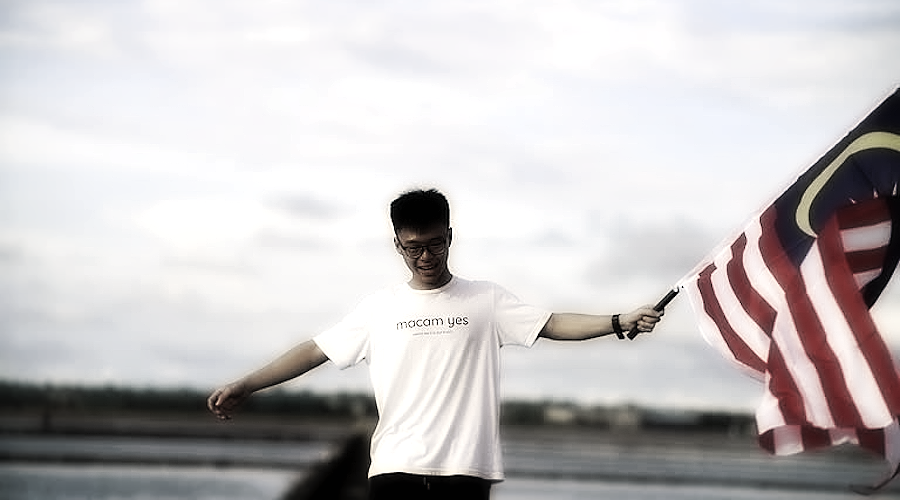
(Khoo Ying Hooi, PhD, is an Associate Professor of International Relations and Human Rights at Universiti Malaya. Her work spans human rights research, diplomacy, and policy engagement across ASEAN and Timor-Leste, along with active contributions in editorial and advisory capacities.)
ADVERTISEMENT
ADVERTISEMENT







